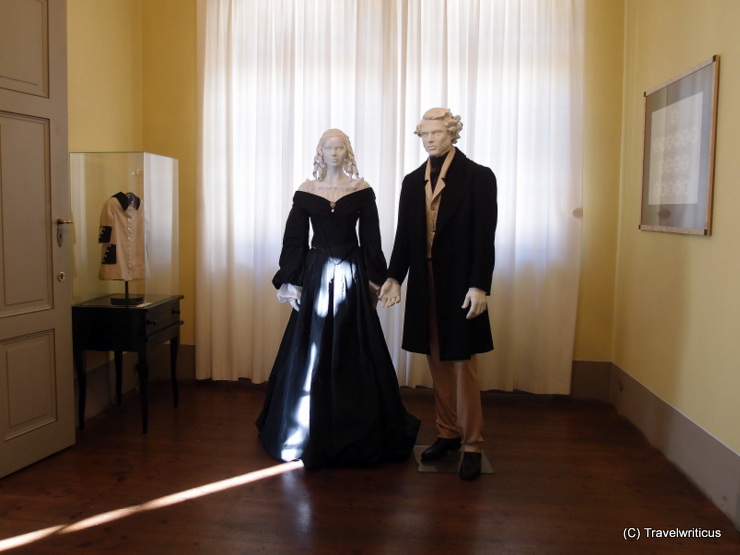
The Mendelssohn House (Mendelssohn-Haus) in Leipzig is a late Classicist building where composer Felix Mendelssohn-Bartholdy spent his last years. Today, it houses a museum about his life and his work. [German]
You only see what you know (Goethe)

The Mendelssohn House (Mendelssohn-Haus) in Leipzig is a late Classicist building where composer Felix Mendelssohn-Bartholdy spent his last years. Today, it houses a museum about his life and his work. [German]

The Mägdebrunnen (Maidservants Fountain) in Stralsund is a work by the sculptor Günter Kaden. You find the fountain in the Fährstraße, a lane in the inner city of Stralsund. [German]

Promenaders reach Villa Haar via a long outside staircase that connects the building with the Ilmpark. Trees provide shade during the ascent, revealing a neo-Renaissance style villa. The stairwell surprises with romantic wall paintings. [German]

The Gothic town hall in Stralsund dates back to the 13th century. You will find this iconic piece of architecture on Old Market Square. It is considered one of the most important secular buildings of northern German Brick Gothic architecture.

You find this house sign on a Renaissance building in Erfurt, generally known as the Haus zum Stockfisch (House to the Stockfish). Today, the building hosts the municipal museum of Erfurt. [German]
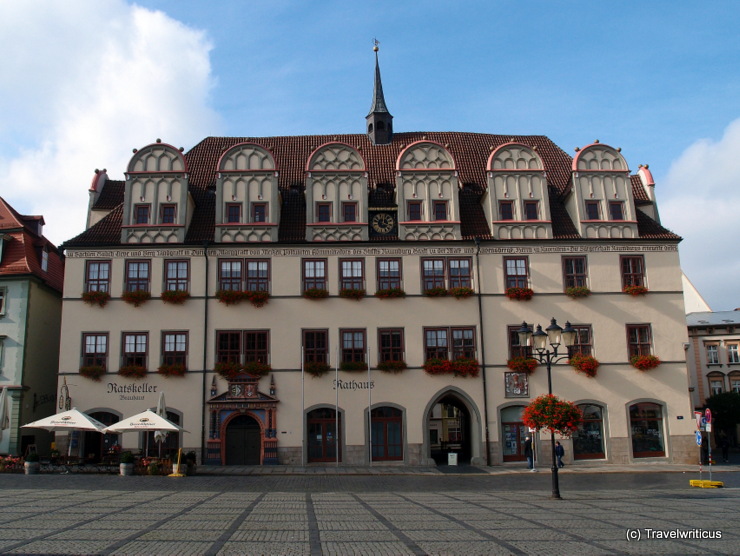
On my urban walk through Naumburg (Saale), I loved to look at all the different gable dormers. The city in the German state of Saxony-Anhalt offered a lot of them. For example, I saw these bonneted dormers at the Renaissance city hall.
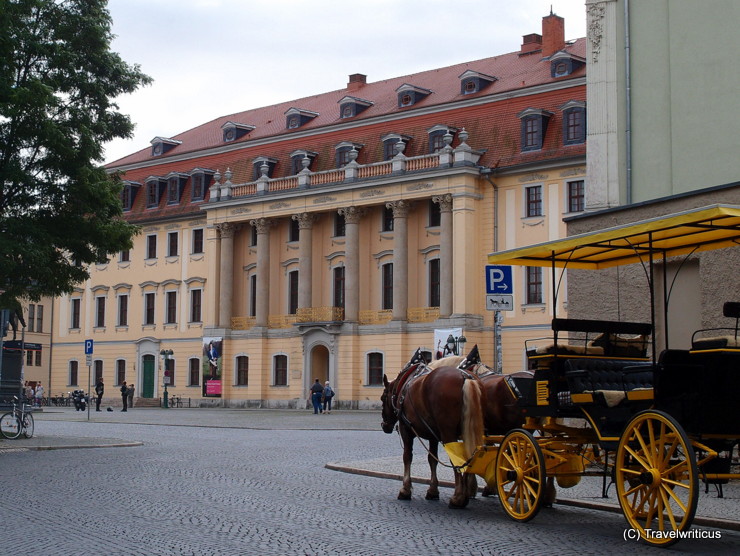
The Fürstenhaus in Weimar is a building with much history. Planned as a site for an authority, it turned into the residence of a Duke. After hosting a series of parliaments, it houses the “University of Music FRANZ LISZT Weimar” today.

The Zollern colliery (Zeche Zollern) in the Bovinghausen district of Dortmund is also known by the nickname “Castle of Labour”. The brick-stone architecture of this administration building may answer the question of where this title comes from.

Many years ago, I came across an old ruin in Weimar. Its name – Tempelherrenhaus – made me think of the mysterious templars. But I was wrong. The building was a former ducal venue that transformed into a ruin after an air raid in 1945. [German]
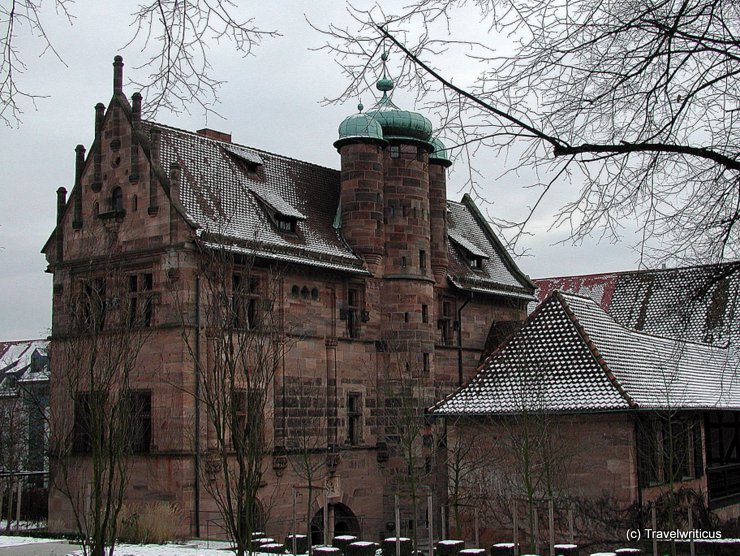
The Tucher Mansion (Tucherschloss) dates back to 1544. It served as a summer residence for the Tucher, a patrician family in Nuremberg. The museum inside shows how such a family lived in those times.
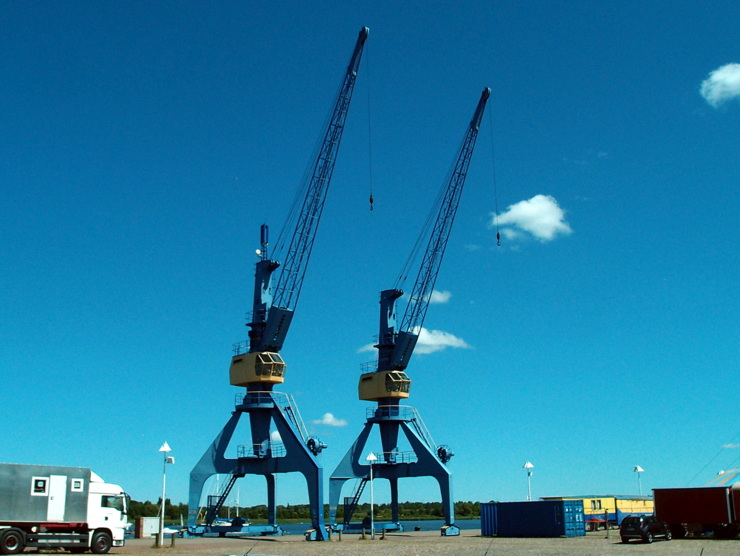
Do cranes own personality? I asked myself this question while strolling around the city harbour of Rostock. There, I found two port cranes nicely coloured blue and yellow. They saw their completion in a GDR combine named TAKRAF in 1960.

The former moated castle is considered one of the best-preserved castles in the Rhineland. Its origins date back to the 12th century. Today, the walls of Satzey Castle (Burg Satzvey) serve as a venue for knight games and medieval festivals. [German]